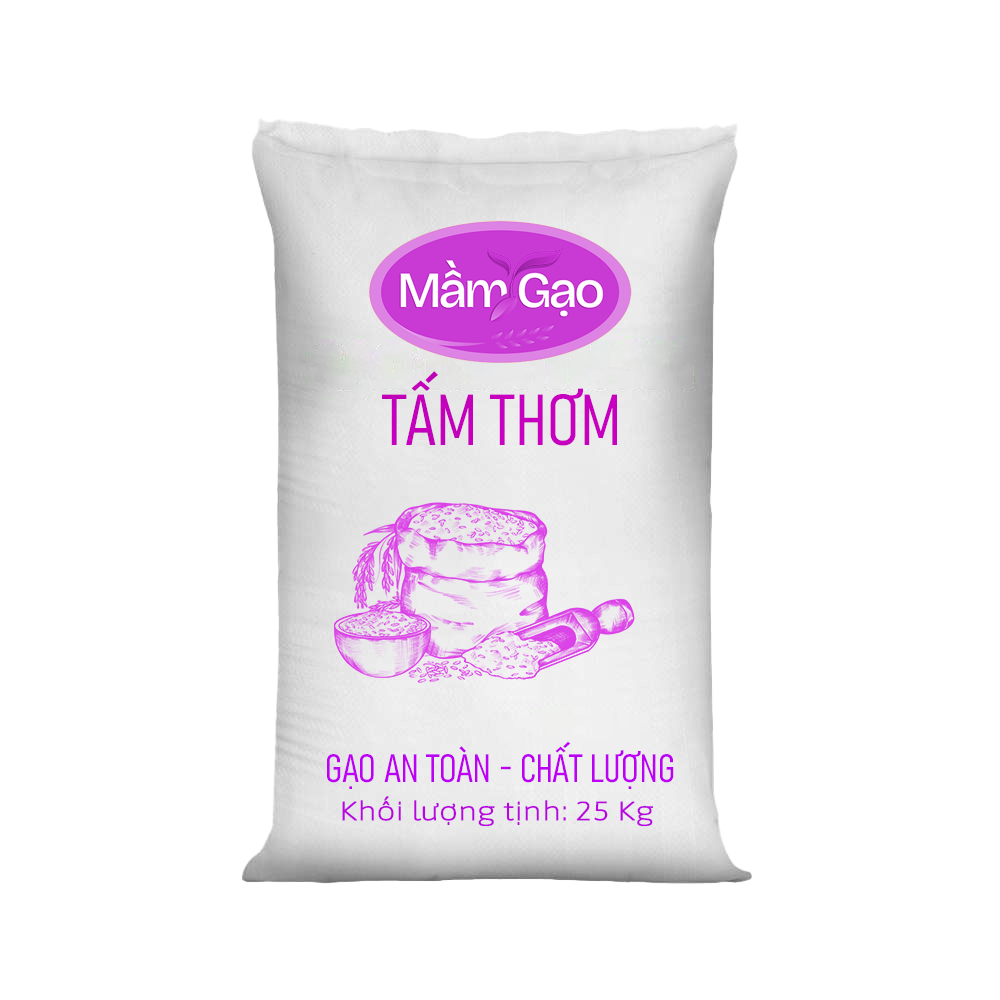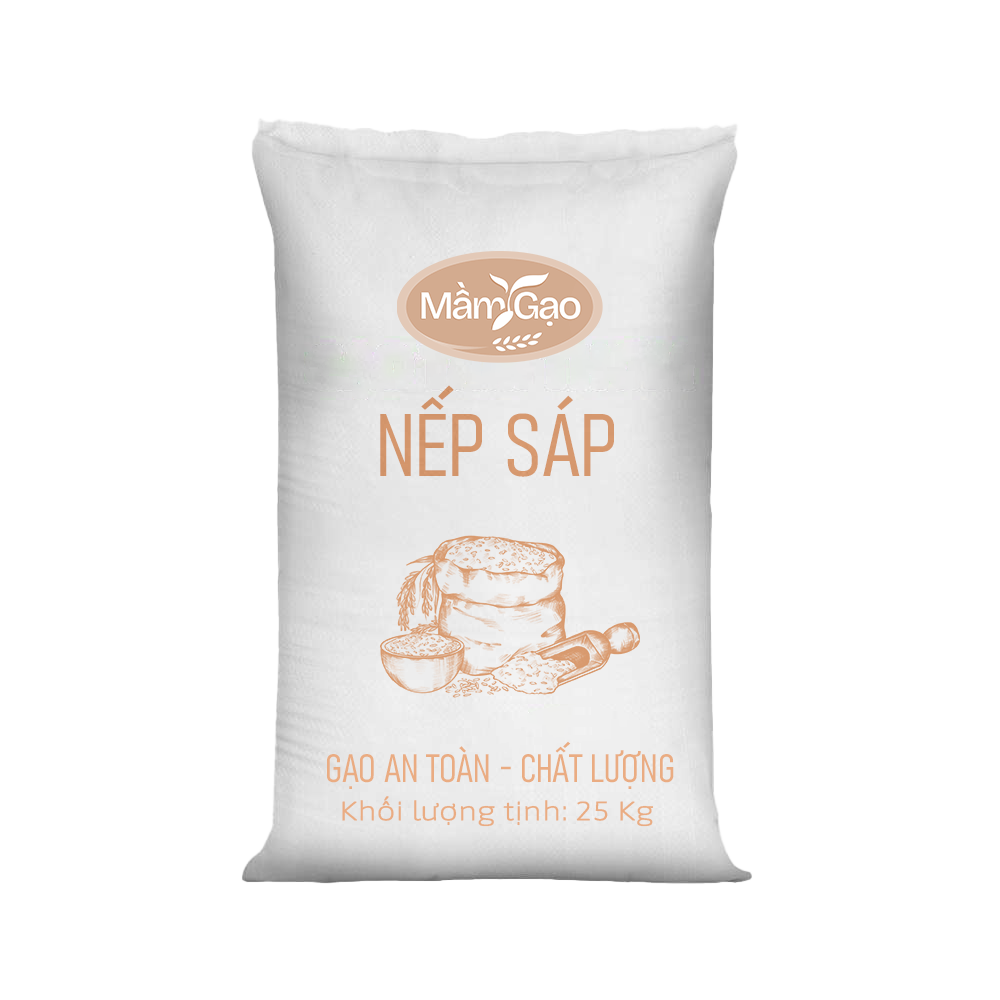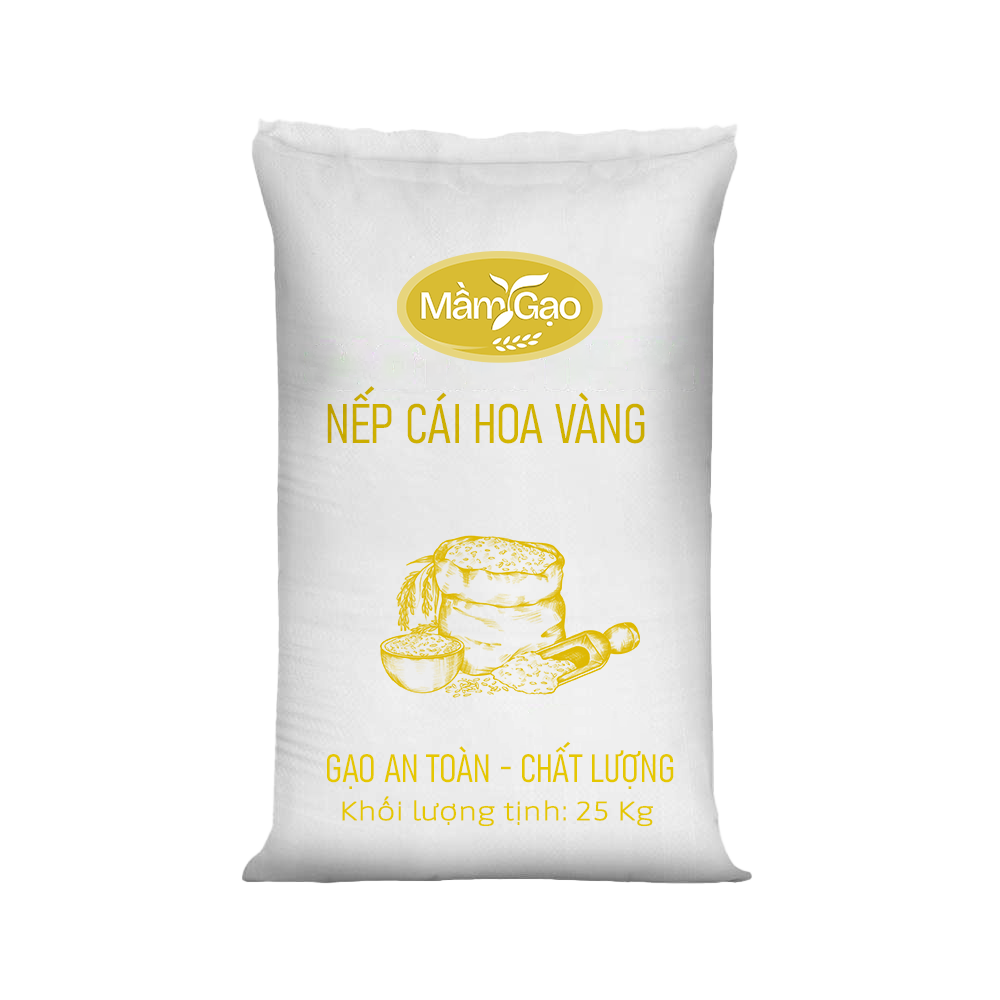CHINA’S GIANT RICE VARIETY TOWERS OVER HUMANS
2025-03-20 16:22:35China’s "giant rice" variety is making waves worldwide: Growing up to 2 meters tall, boasting massive yields on barren land, but also revealing some unpredictable weaknesses.
According to South China Morning Post (SCMP), China recently completed the second harvest of its genetically modified "giant rice." The rice was grown in a mountainous region with poor soil but yielded better-than-expected results. Beijing has hailed this achievement as a major step in strengthening food security amid rising global rice prices.
Giant Rice: A Breakthrough in Food Security
On October 6, Xinhua News Agency reported that the high-yield rice variety developed by China produces double the output of regular rice. Experimental fields growing this rice are located in Sanzhou County, Guizhou Province, Southwest China. Videos showcasing the rice towering over people have gone viral, surprising many.
According to an interview by Xinhua with a local farmer who volunteered to grow the experimental rice, the crop produced 12.6 tons per hectare, even on barren soil—a 5% increase from last year’s yield of 12 tons per hectare.
Beijing sees the success of this rice variety as having "significant implications for increasing food production and ensuring food security." China is ramping up efforts to boost food output in response to climate change, supply chain disruptions, and rising geopolitical tensions—all of which threaten global food security. In March, Chinese President Xi Jinping called agriculture a "critical national security issue."

Development and Expansion of Giant Rice
This giant rice variety was developed in 2017 by the Institute of Subtropical Agriculture under the Chinese Academy of Sciences. According to researchers, the plant can grow up to 2 meters tall and is more resistant to pests and floods than regular rice.
China Economic Daily quoted lead researcher Xia Xinjie, who stated that the salt-resistant giant rice could also serve as a natural habitat for certain agricultural aquatic species, improving soil fertility and reducing the need for chemical fertilizers.
Last year, the giant rice variety was cultivated in 22 regions across China, including Hainan, Heilongjiang, Guangdong, and Chongqing.
The Future of Hybrid Rice
In April, China’s Ministry of Agriculture and Rural Affairs announced plans to increase rice exports by 24% over the next decade—potentially impacting major rice-exporting nations.
Global rice prices have risen sharply in recent months due to export restrictions from key suppliers like India, as well as concerns over climate-related disruptions and international conflicts. According to the United Nations’ Food and Agriculture Organization (FAO), global rice prices in September increased by 27.8% year-over-year.
Jauhar Ali, head of the Hybrid Rice Industry Unit at the International Rice Research Institute (IRRI) in the Philippines, told SCMP that hybrid rice should now be recognized as a key strategy for ensuring global food security.
Unlike genetically modified rice, which introduces foreign genes into plants through engineering, hybrid rice is created by crossbreeding genetically distinct rice plants, allowing desirable traits to be passed on to future generations.
China has prioritized hybrid rice since the 1970s when Yuan Longping, known as the "Father of Hybrid Rice," developed the first varieties. Although China has a long history with hybrid rice, the adoption rate has stagnated at around 55% due to rising cultivation costs.
IRRI reports that hybrid rice can yield 15-20% more than regular rice under normal farming conditions, with some varieties even achieving up to 30% higher yields.
Challenges of Giant Rice
Despite its promise, giant rice has some drawbacks. According to Ali, while the large size of the Chinese rice variety is impressive, the crucial question is whether its increased height corresponds to a higher grain yield. Taller plants often require longer growth cycles and greater resource consumption, including more nutrients and water.
In October, China Daily reported that a farmer growing giant rice achieved 1.5 times the yield of regular rice. Ali stated that if this yield could be consistently replicated, it would be a "game-changer."
However, climate conditions could pose a challenge for global adoption. Many hybrid rice varieties are bred for temperate regions, making it difficult for them to thrive in tropical climates. Ali noted that if this hybrid variety could maintain its high yield while adapting to tropical conditions, widespread adoption would be inevitable.
Current hybrid rice technologies focus on developing varieties that are more resilient to climate change. Research institutions like IRRI are working on rice strains that can withstand tropical temperatures, salinity, drought, and flooding.
Ali highlighted another challenge: some countries find importing rice cheaper than growing it, leading them to prioritize more economically beneficial crops. He predicts that while the adoption of hybrid rice is progressing slowly, "a global food crisis could accelerate its widespread use" due to its substantial yield advantages.
Source: cafef.vn




